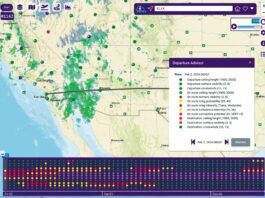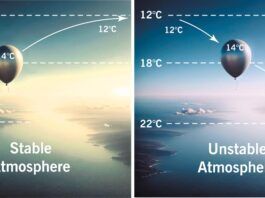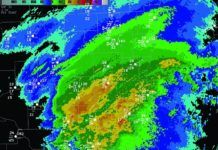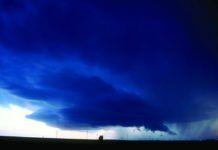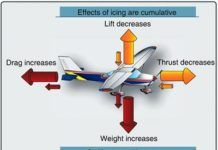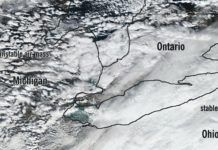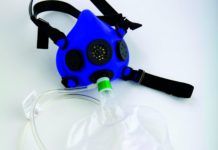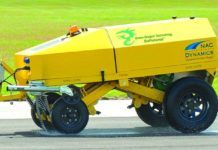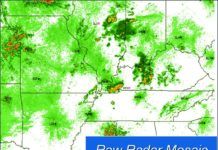Do You Know Ice?
Februarys Cowboy and Cowards sparked some passionate responses about known icing and my assertion that known icing is observed icing. To better understand known icing, we need to look at the concept from definitional, legal, and safety perspectives.
What the Heck Makes Thundersnow?
The phenomena can happen in any snowstorm where the conditions happen to be ripe for lightning formation. It turns out that lake (or ocean)...
Snowflakes and Lightning
Every now and then someone asks, Whats your favorite airplane? Before one stormy January evening, that was a tough call for someone with 47 years and 12,000 hours of flying. After that evening, one particular turboprop twin always takes first prize.
Thunderstorm-Think
In todays age of accurate forecasts and effective detection, its easy to avoid thunderstorms. However, with tight schedules and overconfidence leading to a failure to exercise proper thunderstorm avoidance, thunderstorms remain a significant cause of aviation accidents, with wind shear often playing a leading role. A recent memo by Airbus stated that wind shear is involved in four percent of approach and landing accidents and is the ninth leading cause of fatalities.
Stacking the Deck
Certification for flight into known icing is expensive. Since most GA airplanes are Sunday drivers the benefit doesnt justify the cost. Instead, airplane manufactures and aftermarket providers may offer pieces of a full system. This piecemeal application of anti-icing or de-icing equipment circumvents the testing requirements while providing a pilot with some additional-if not certified-options. Four methods of anti/de-icing exist: hot air, electrical resistance, liquid and boots.
Cowboys and Cowards
Growing up in the land of conquistadors and cowboys, my opportunities for IMC involved attacking thunderstorms or slipping into shallow ponds of fog. Neither was good for gaining instrument time or icing experience. My instructors and peers shared the same background.
Intense Icing, Dude
Understanding the four different intensities of icing allows for better decision making and better PIREPS.
Think Like A Forecaster
From a weather perspective, what makes a flight a no-go? Sometimes its a simple glance at a stormy sky, an icing SIGMET, or winter weather warnings on the TV. But more often its the TAF that calls the shots. Whether its freezing rain, low ceilings, or a gusty crosswind, the buck stops with the TAF. That report comes straight from a highly qualified aviation forecaster at a local National Weather Service office and represents the best available predictions.
Readback: February 2015
I read with interest and obvious necessity for possible future application, your article on hypoxia, Get Your Mask On, in December, 2014.I fly a Malibu Mirage PA 46. Ive had several decompressions in the low 20s that were attributed to squat switch/pressure switch failures. Ive now added another immediate action to pressurization problems:
Winter Runways
The chief advantage of being instrument-rated is being able to travel in less-than-ideal weather. But, in winter, the triumph of a well-flown ILS to minimums in moderate snow can quickly turn to sheer terror after your smooth touchdown if you find yourself slipping off the side of an icy runway.Handling the aircraft is one thing; but, we must first understand what information is available about runway conditions, and how we can use that information to enhance our decision making and influence our technique.
When Low Fuel Becomes No Fuel
One of the most famous and tragic of fuel-exhaustion crashes occurred on Jan. 25, 1990. Upon arrival in the New York area after a flight from Bogot, the 707 was placed into a hold for an hour and 27 minutes due to fog at JFK. The pilots were not native English speakers and never used the actual word emergency in describing their fuel situation to ATC, using only minimum fuel instead and never stating their fuel state in minutes. During that time, they burned away all the fuel they needed to make Boston, their alternate.
Turning Raw NEXRAD into Mosaic
Many pilots understand that the NEXRAD image they see on datalink weather doesnt exactly show where the rain is falling at that moment because of the delay in broadcasting the information up to the satellites and down to the weather receiver.



